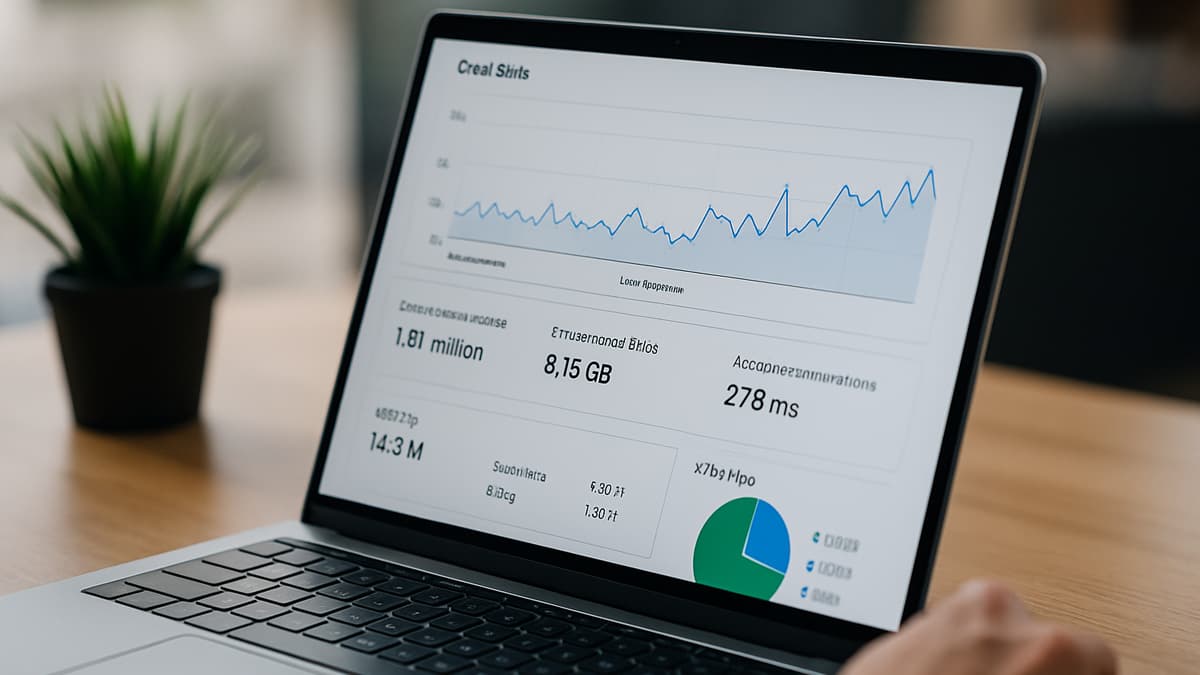You’ve carefully built your site, written proper product descriptions, blog posts and more. But somehow, traffic is nonexistent. You search for your own products and pages on Google and… nothing. That’s not just frustrating. That’s a crawl budget problem.
See, Google doesn’t casually browse your site like a human with time to kill. It sends out bots that scan websites looking for content worth indexing. The number of pages they’ll look at on your site during a visit is called your Google crawl budget. And it’s limited. If those bots waste their time crawling unimportant pages or running into errors, they’ll skip the content you actually want people to find.
Why crawl budget even matters
If your important pages aren’t being crawled, they won’t be indexed. And if they’re not indexed, they might as well not exist. You could write the perfect product description, but if Google doesn’t crawl that page, it never gets a chance to rank. That’s a real problem if you’re trying to build an online business and nothing you publish is showing up in search results.
It gets worse when you realize your crawl budget is being burned up on useless junk. Pages with thin content, outdated promos, test pages, or login portals are all dead weight. The bots are using their time on garbage instead of the pages that matter. That’s the exact opposite of what you want your Google crawl budget to do.
Speed is a crawl budget multiplier
Site speed affects everything. If your store loads slowly, crawlers don’t wait around. They skip out early. That means fewer pages crawled and more missed opportunities. Use Google’s PageSpeed Insights tool to check how long your site takes to load. If the report’s ugly, clean it up. Compress images, strip out unnecessary scripts, and maybe even switch hosts if yours is ancient and slow. A faster site helps crawlers cover more ground during each visit, stretching your Google crawl budget further.
Activity signals value
A site that never changes looks abandoned to a crawler. If nothing has been updated for six months, Google assumes it doesn’t need to come back anytime soon. But when you tweak a product description, revise your homepage copy, or publish a new article, that sends a signal that your site is alive. More updates, even small ones, increase the frequency of crawls and help you make better use of your Google crawl budget.
Site structure is everything
If your best content is buried under five layers of random category links, you’re not doing yourself any favors. Crawlers follow links to find what matters. If you don’t make that path clear, your top pages won’t get reached. Start from your homepage and work your way out. Make sure the most important pages are just a click or two away. Clean internal linking is one of the easiest ways to make sure your Google crawl budget lands where it should.
You need a sitemap more than you think
An XML sitemap is like giving Google a to-do list. Without it, the bots have to guess what to crawl. And they’re not great guessers. Submitting a sitemap through Google Search Console helps point bots directly to your best content. It’s a huge time saver and helps avoid wasting your Google crawl budget on dead ends or old pages nobody cares about.
Block out the noise
Just like you wouldn’t let customers walk into your storage closet, you shouldn’t let bots crawl pages that aren’t public-facing. Admin areas, shopping carts, old seasonal content, duplicate listings; these don’t help your rankings. They just eat into your Google crawl budget. Use a robots.txt file to block access to anything that doesn’t need to be indexed. That way, more of your budget goes to what really matters.
Fix the crawl errors you already have
Every site has a few broken pages or bad redirects. But if you never check, they pile up. And every one of those errors tells Google your site isn’t being maintained. Use Google Search Console to scan for crawl errors and fix them. Broken links and server errors are like potholes for crawlers. Too many, and they’ll take a different route. Keep the road smooth, and your Google crawl budget goes further.
It’s not just about indexing. It’s about control.
You can’t tell Google exactly what to index, but you can make sure the bots have a better chance of hitting the pages that matter. When you optimize for crawl budget, you’re setting the stage for every other part of your SEO to work. Clean structure, fast performance, updated content, and fewer crawl errors all make a huge difference in how often Google visits and how many of your pages make it into search results.
If you want to be visible online, you have to stop treating crawl budget like a technical detail. It’s not. It’s the gatekeeper. And it’s well within your control.

